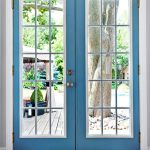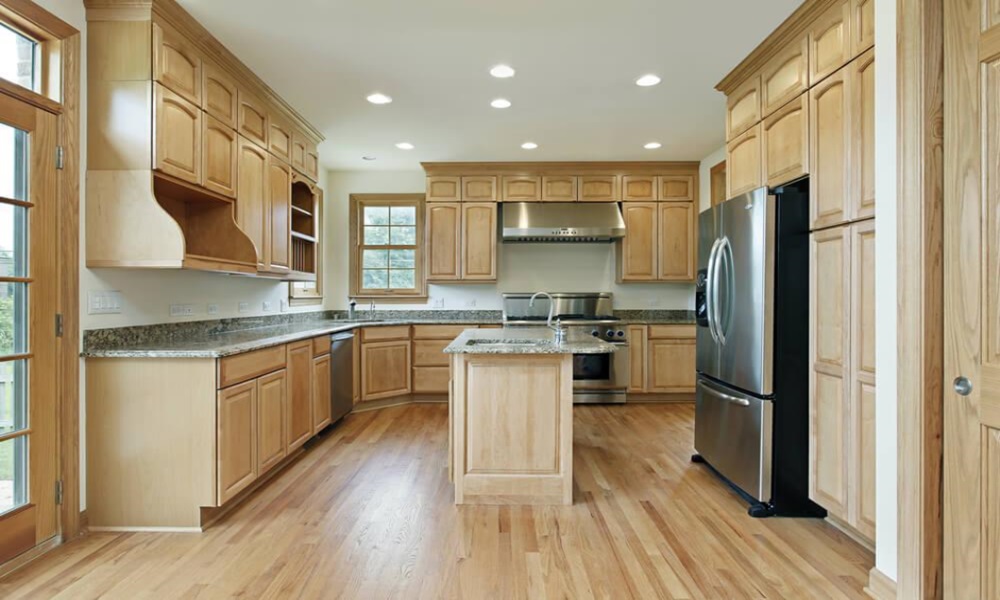In the ever-evolving world of home decor, staying ahead of design trends is about much more than just keeping up with the Joneses. It’s a strategic and thoughtful process that top designers excel at. In upscale neighbourhoods like Kensington, an interior designer must not only keep pace with trends but anticipate them. Let’s explore how top interior designers Kensington, predict and even set the trends that define our living spaces.
Scouting and Research
Observing Global Influence
Design doesn’t exist in a vacuum. Top designers travel the world, attend international furniture fairs, and immerse themselves in global cultural trends. Whether it’s the vibrant use of color seen in Moroccan markets or the maximalist textures in Eastern European art, these elements gradually filter into mainstream design.
Digital Inspiration
In the digital age, designers also scour online resources and social media for emerging trends. Platforms like Pinterest and Instagram offer a treasure trove of ideas and innovation, showcasing what’s popular among both professional designers and lay enthusiasts.
Collaboration and Communication
Networking with Industry Peers
Designers are part of a broad network that includes architects, artists, and manufacturers. By maintaining strong relationships within this network, interior designers gain insights into new materials, cutting-edge technologies, and innovative applications being experimented with across the industry.
Client Feedback
An experienced interior designer in Kensington listens attentively to their clients. This feedback, particularly from clients who are themselves influencers or trendsetters, provides crucial cues on shifting preferences and emerging demands.
Historical and Cultural Awareness
Learning from the Past
Understanding the evolution of design is crucial. By studying historical trends, designers can predict which elements might make a comeback with a modern twist. For instance, the resurgence of mid-century modern aesthetics wasn’t random; it was revived and adapted to fit contemporary tastes.
Cultural Pulse
Designers also keep an ear to the cultural ground. Movies, music, art, and literature can significantly impact interior design trends. A popular television show or a cultural resurgence around a particular era (think of the ‘Gatsby’ 1920s revival) can quickly influence design preferences.
Sustainable and Technological Advances
Eco-friendly Designs
Sustainability is no longer just a buzzword—it’s a necessity. Modern clients demand eco-friendly design solutions, from materials to energy-saving features. Designers who prioritize green design are often ahead of the curve.
Tech Integration
The integration of technology into living spaces is another area where designers can lead trends. Whether it’s smart home technology or innovative lighting solutions, staying abreast of tech trends is essential for a contemporary designer.
The Role of Intuition
The ‘It’ Factor
Sometimes, predicting the next big trend relies on a designer’s instinct. After years in the industry, skilled designers develop an intuition for what ‘feels’ right, often before it gains broader recognition.
Conclusion
Predicting the future of interior design is an art and science that requires an eclectic approach. For an interior designer in Kensington, it involves a mix of keen observation, continuous learning, and intuitive foresight. This ensures not only meeting the expectations of their high-end clientele but setting the standards that will later define the global design landscape. If you’re looking to redesign your space, considering these guiding principles might give you a glimpse into your future home aesthetics.










